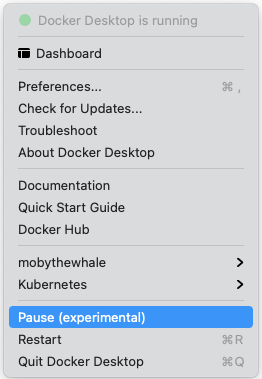

If we didn't use them, we'd have to alter our Kubernetes configuration and create a user and grant access. We're going to cheat here and use some OpenShift commands.
When that finishes, we need a few commands to get "attached," if you will, to our cluster. Note: If, at any time, you want to start fresh with CRC, use the commands crc stop and crc delete -force -clear-cache. Then mash the Enter key and CRC will start. You will be prompted for your pull secret. It's quite simple at the command line, use the following command: Copy it to your Mac's clipboard so you can paste it into the terminal window. It's one command, but, you'll need your "pull secret" first. There are several option you can set, such as how much memory and number of CPUs, but to keep it simple let's go with the defaults. What is this upstream talk all about? It's part of Red Hat's strategy.)īefore you can start using CRC, you need to initialize it.

OKD is the upstream version of OpenShift. (Or, you can use the DIY instructions at the okd page. (If that fails, there is a more in-depth explanation on the kubectl installation page.)
INSTALL BREW FOR ALL USERS ON SAME MAC INSTALL
The Kubernetes command-line tool, kubectl, is a breeze to install on macOS: Note that, depending on when you do this, you may have a newer version than shown here.īonus: It's included in CRC. This will be used for authentication the first time you start your Kubernetes (OpenShift, actually) cluster.
INSTALL BREW FOR ALL USERS ON SAME MAC DOWNLOAD

Unlike a certain brand of kitchen cabinets that I recently purchased that had instructions only as diagrams with a stick figure person and some numbers and arrows, we'll lay out the items and steps with diagrams and words. In this blog post, we'll get our Kubernetes environment up and running on macOS, spin up an image in a container, and head to Coderland. Now it's time to move into the spotlight, walk the red carpet, and own the whole Kubernetes game. It was much easier than you anticipated, and you've updated your resume. By following my previous article in this series, you've crushed the whole containers thing.


 0 kommentar(er)
0 kommentar(er)
